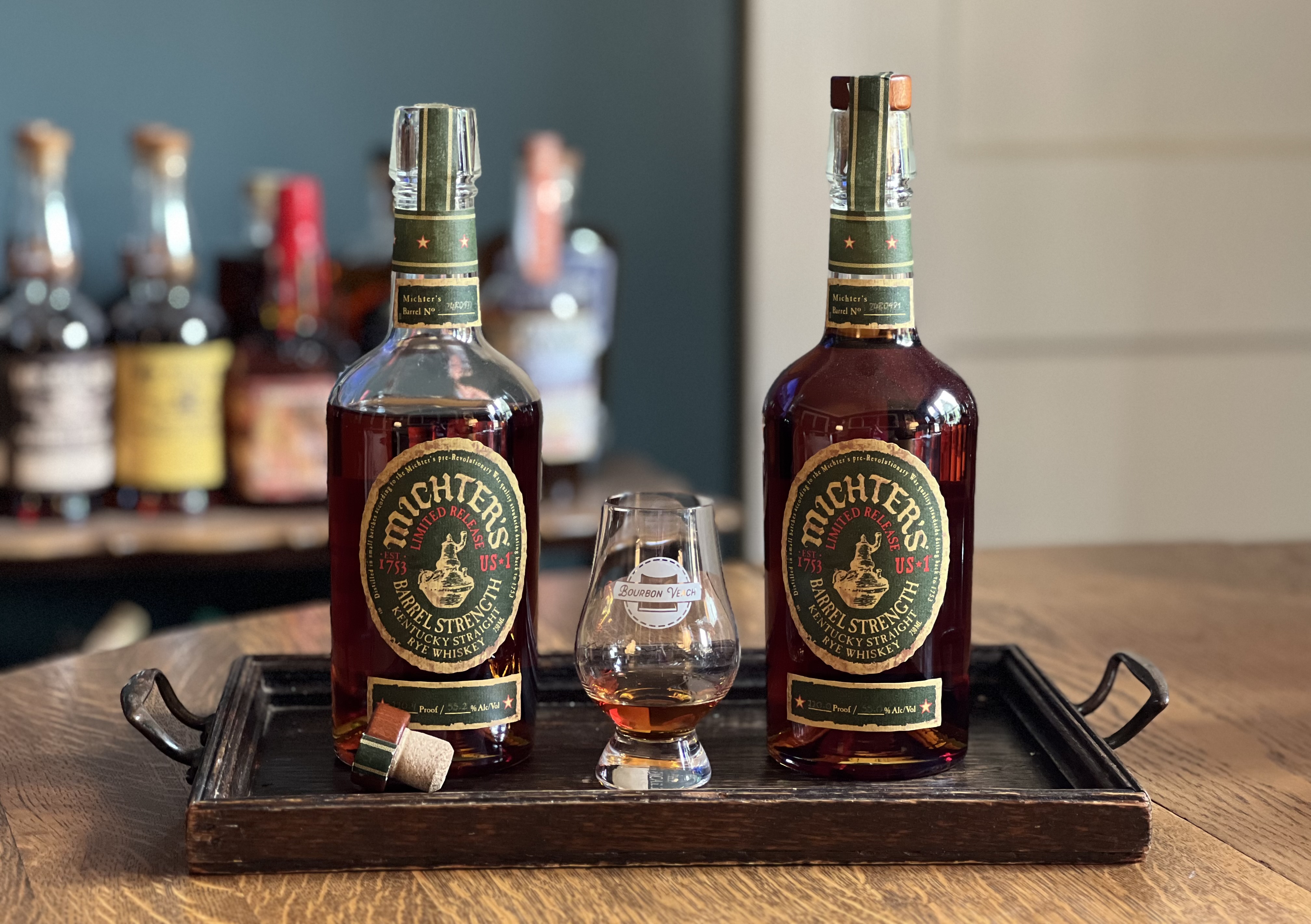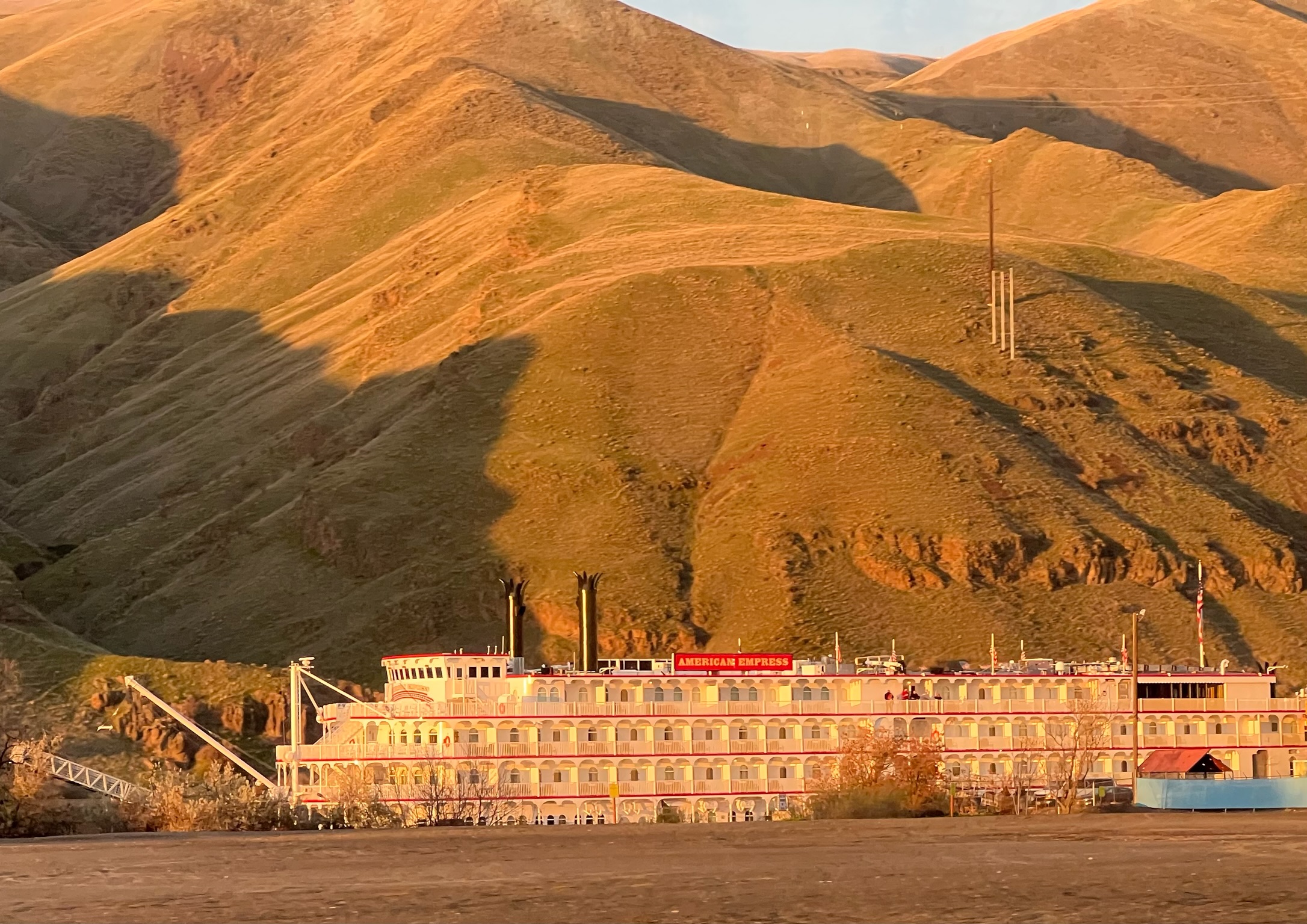There seems to be some confusion about DSP (Distilled Spirits Producer) Numbers and what they mean. The system has changed in the 150 years or so since it was created by the Federal Government for tax purposes. To best understand the system and the numbers, it is necessary to go back to the beginning.
When Lincoln brought back the excise tax on distilled spirits to pay for the America Civil War, the government also created bonded warehouses. Bonded warehouses came about because the whiskey being produced had become an aged spirit and taxing spirits as it came off the still was unfair to whiskey distillers who aged their products. If the spirits were taxed right off the still, the distillers would be taxed for spirits that soaked into the barrel and evaporated into the air while aging in the barrel.
Taxed on spirits they could never sell, the solution was the creation of warehouses under government supervision, where the distiller could place the barrels of maturing whiskey for a set period of time before the taxes had to be paid. With the creation of these warehouses, the government created a system of registering Distilled Spirits Producers (DSP). The government broke each State into tax districts and then registered the distilleries in each district.

To help understand this system better, I have created a page with the distilleries and their DSP numbers in Kentucky, from a 1909 Mida’s Criteria Financial Index. When looking at the list, the distilleries are registered by the tax district. The Kentucky districts start in the western part of the State and move east. Not every district had registered distilleries. Districts 2, 5, 6, 7 & 8 all contain registered distilleries. Each District started with a DSP – 1 and the numbers increased from there. For example:
- Ferdinand Westheimer & Sons was DSP – 1, 5th District,
- Stoll & Co. / Old Tarr Distillery was DSP – 1, 7th District and
- Burnam, Bennett & Co. / Bernheim Distilling Co. was DSP – 1, 8th District, Kentucky.
When a distillery expanded by adding another still, that new still also had to be registered. This gave the same distillery two different DSP numbers. An example of this is the Geo. T. Stagg distillery in Frankfort. The original DSP number was DSP – 2, 7th District, Kentucky when Stagg gained control of the distillery in the late 1870s, but when they added a column still and doubler to expand production in the 1880s, they also became DSP – 113 7th District, Kentucky. Two DSP numbers did not necessarily mean two different properties or even buildings.
If a distiller wanted a bigger distillery, it would depend on what he did with the old distillery as to what the DSP number of the new distillery was kept. If the old distillery was torn down and no longer in use, then the distiller could transfer the DSP number of that distillery to the newly built distillery, no problem. However, if the old distillery was sold to someone else and continued to make spirits, then the DSP number stayed with the old distillery and the new distillery would have to get a new DSP number. The Prime example of this process was when Stitzel-Weller was built after Prohibition. The A. Ph. Stitzel Distillery was DSP – 17, 5th District, Kentucky. That distillery was sold to Frankfort Distillery in 1935 so the DSP – 17 number stayed with the distillery, but Van Winkle, Stitzel and Farnsley wanted to keep a similar number so that their customers would be less confused, so they picked DSP – 16, 5th District Kentucky, for the Stitzel-Weller Distillery.
The repeal of Prohibition saw many changes to the DSP numbers of distilleries. A lot of the old distilleries never came back after Prohibition and their DSP number were no longer in use. This led many companies to change their numbers to lower numbers. For example, in 1933, Leo Gerngross and Emil Schwarzhaupt, purchased Max Selliger’s Belmont Distillery (DSP – 364, 5th District), Selliger’s Astor Distillery (DSP – 412, 5th District) and the Bernheim Distillery (DSP – 9, 5th District). They decided to consolidate their production to the Belmont and Astor Distilleries, located on the same campus in downtown Louisville, and changed the name to “Bernheim Distillery”. They sold the old Bernheim distillery so that DSP number went with the sale. However, they took the opportunity to get the DSP numbers for the Belmont and Astor Distilleries changed to DSP – 1 & DSP – 2, 5th District, Kentucky, which were available.
As the 20th century progressed, there was a huge consolidation in the distilling industry. Distilleries closed to the point that in the 1990s, there were only 9 distilleries in Kentucky making whiskey. Kentucky became a single tax district in this period. In the 21st century, the growth of the Bourbon industry caused the rapid expansion of new distilleries in the State. With each new distillery, came a new DSP number. Some of these new distilleries have a family heritage and have reclaimed their old DSP number. Old Pogue (DSP 3) and Peerless (DSP 50) are two examples of this practice. Other distilleries simply went with the number assigned to them by the government.
These examples are all from Kentucky, but the same rules applied in other States as well. I hope this information helps people unravel the confusion of DSP numbers.
Photos Courtesy of Michael Veach and Rosemary Miller



















March 18, 2020 at 3:59 am
Morning Mike
Under your explanation on DSP classifications I’ve puzzled why the IRS used the same distillery number to register multiple distilleries in the same tax district and no chronological order, e.g. 1892 -3 Annual Report Commissioner of Revenue, referencing Kentucky, ‘Names of distillers & location of distillery warehouse in which Spirit were held on deposit, etc.’ thirteen distilleries in the Second district held Distillery number 11, operted by different distillers, in different Counties. This is repeated in other KY districts and across numerous States.
March 18, 2020 at 11:56 am
I have not seen what you are looking at, but I suspect you are looking at DBA names. “Doing Business As” was and still is a popular thing in the industry. Usually done when contract distilling.
March 19, 2020 at 10:15 am
Thanks for the prompt response Mike.
It is perplexing. It could be the DBA as you suggested; however, the IRS report does not mention this criterion as the analysis covers thousands of distilleries (753 grain distilleries) in 22 States, producing whiskey, brandy, rum, gin, high wines, alcohol and colonge. As I am familiar with some small distilleries of this period they did not entertain contract distilling. During the 19th century, the US Government did make a series of changes in reporting their data sets due to changes to the laws, measuring instruments and collection methodolgies, although it would seem impractical to break the the accountability of direct reporting lines from distillery registrations, production volumes, DPS to warehouse withdrawls as spirits were the main source of Treasury revenue.
My address book has your last email at the Filson, as I was unable to attach the relevant documentation.
March 23, 2020 at 3:19 pm
You can email here at michael@bourbonveach.com
November 28, 2020 at 12:10 am
Hi MIke,
I have a National Distillers Product Company rye whisky barrel marked with DSP-KY-3 marked on the end of the barrel. The date on the barrels is March 10, 1971. From my research DSP-KY-3 was assigned to Pogue Distillery and DSP-KY-14 and DSP-KY-19 was assigned to National Distillers. Was there a period of time that National Distillers was assigned DSP-KY-3?
November 28, 2020 at 5:21 am
National Distillers had several distilleries in Kentucky at one time. Pogue was in the 7th district. National probably owned a drillers in a different district with a dsp number of 3.
September 4, 2022 at 11:02 pm
Lonnie Abrams
London, ky.
A friend of mine found an old document from internal revenue office that was a document that showed his ancestors owed and operated a certified distillery in knox county ky.
Dated 1905.
The district was #8 and a certificate # 67.
At that time it was known as the hopper community of knox county.
If anyone can shed some information concerning this operation I’d love to hear from you
Thanks
December 15, 2022 at 10:44 pm
Hey Mike, where would you suggest finding historical DSP numbers for other states?
March 7, 2024 at 7:55 pm
I am attempting to locate some historic distilleries in the southern Nelson county, western Marion, and northern Larue. is there a central record of unused or discontinued DSP numbers with names and locations to go with them.